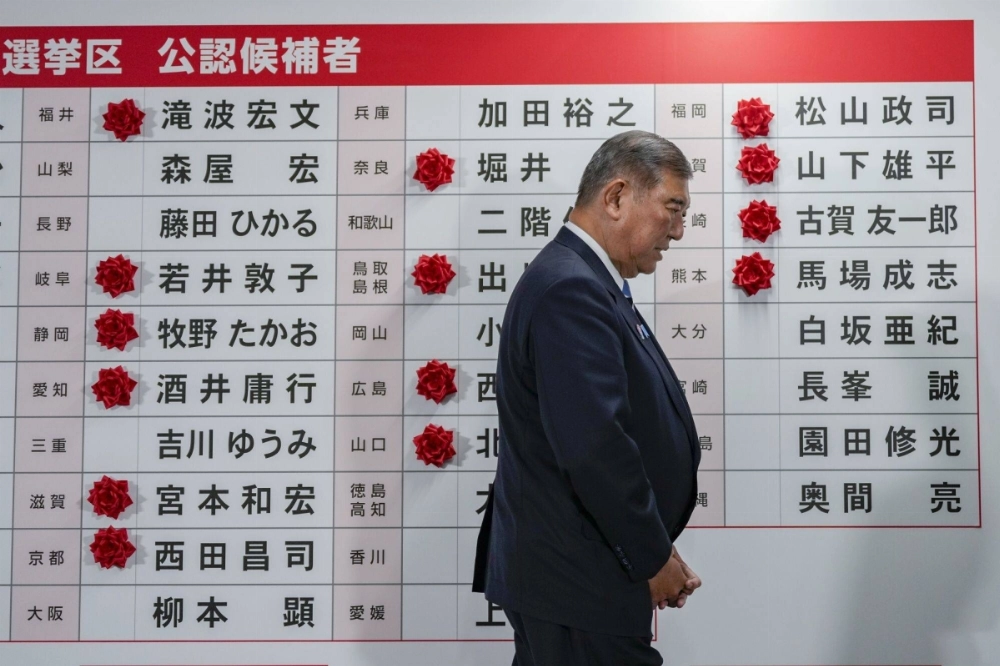Prime Minister Shigeru Ishiba’s Liberal Democratic Party and its coalition partner, Komeito, were projected to lose their majority in the Upper House, media reports said Monday, a defeat in an election a day earlier that could trigger Ishiba’s resignation or political deadlock in parliament.
Populist opposition parties, especially the Democratic Party for the People and Sanseito, were projected to boost their seats.
The election — which came just nine months after Ishiba took office — was seen as a rebuke of the prime minister and the LDP, which has now been dealt drubbings in two national elections under his leadership following October’s loss of its majority in a Lower House poll.


















With your current subscription plan you can comment on stories. However, before writing your first comment, please create a display name in the Profile section of your subscriber account page.